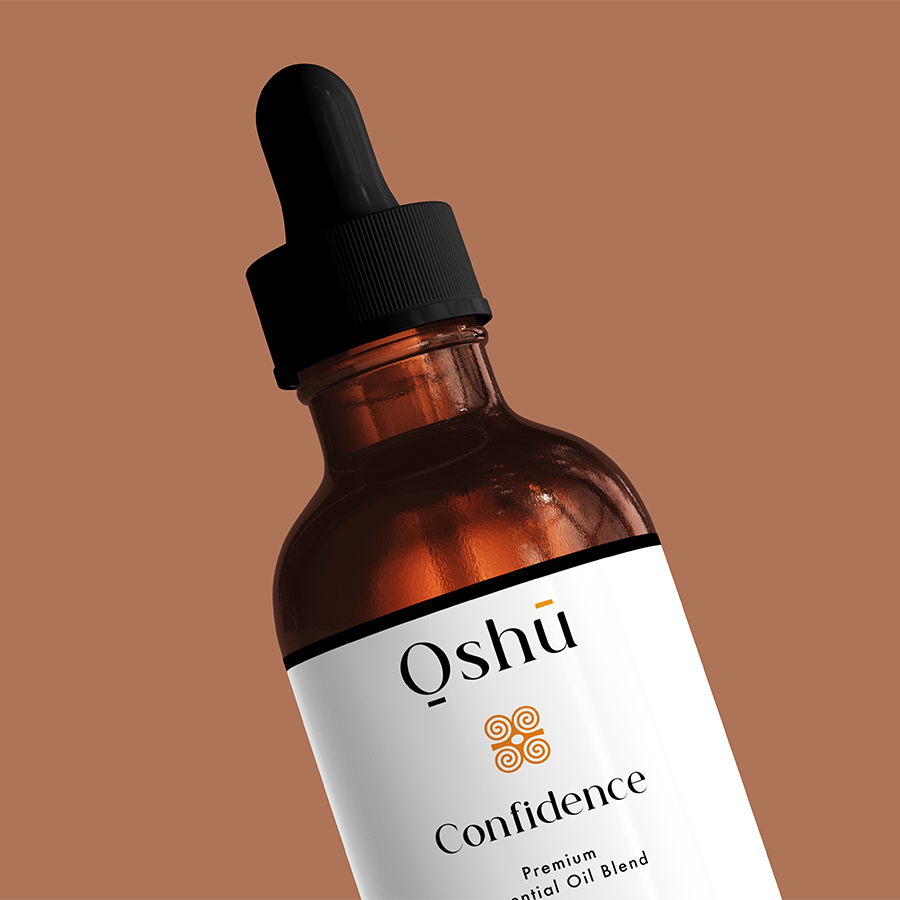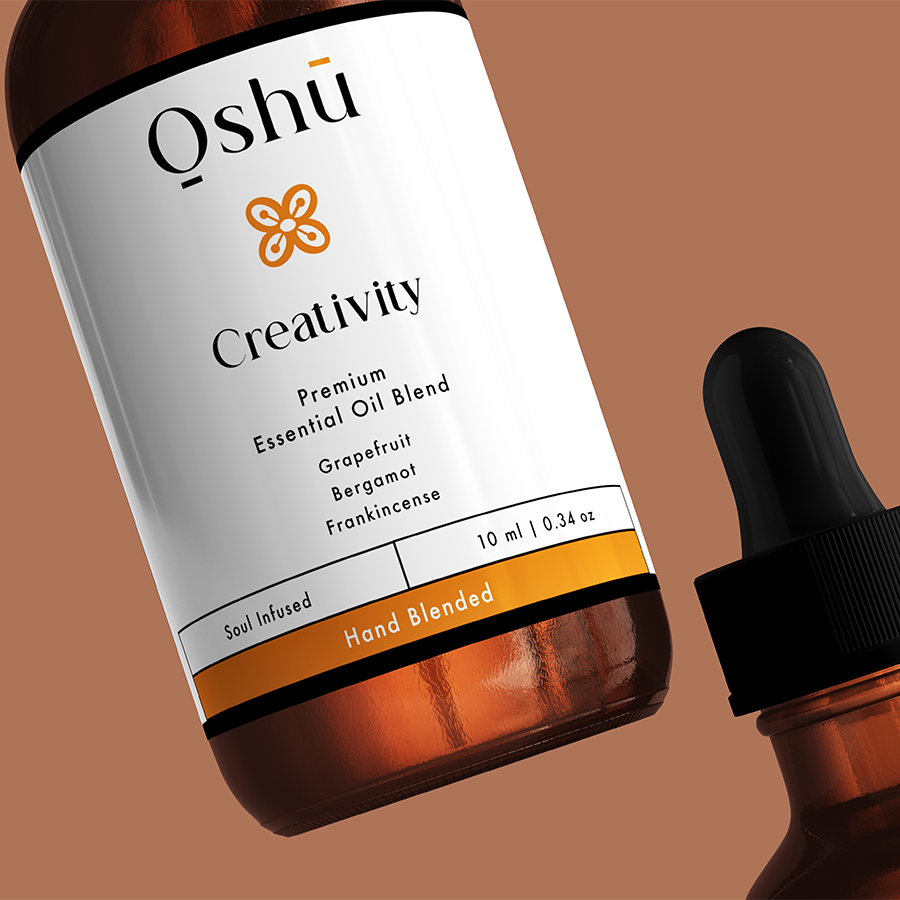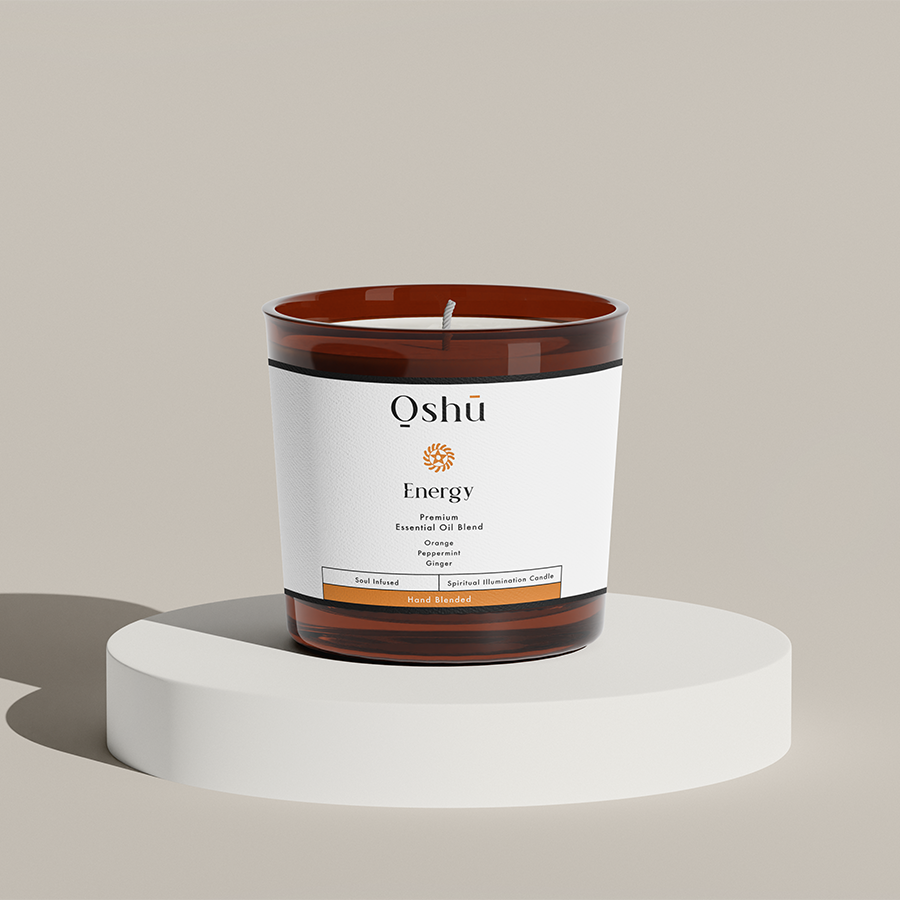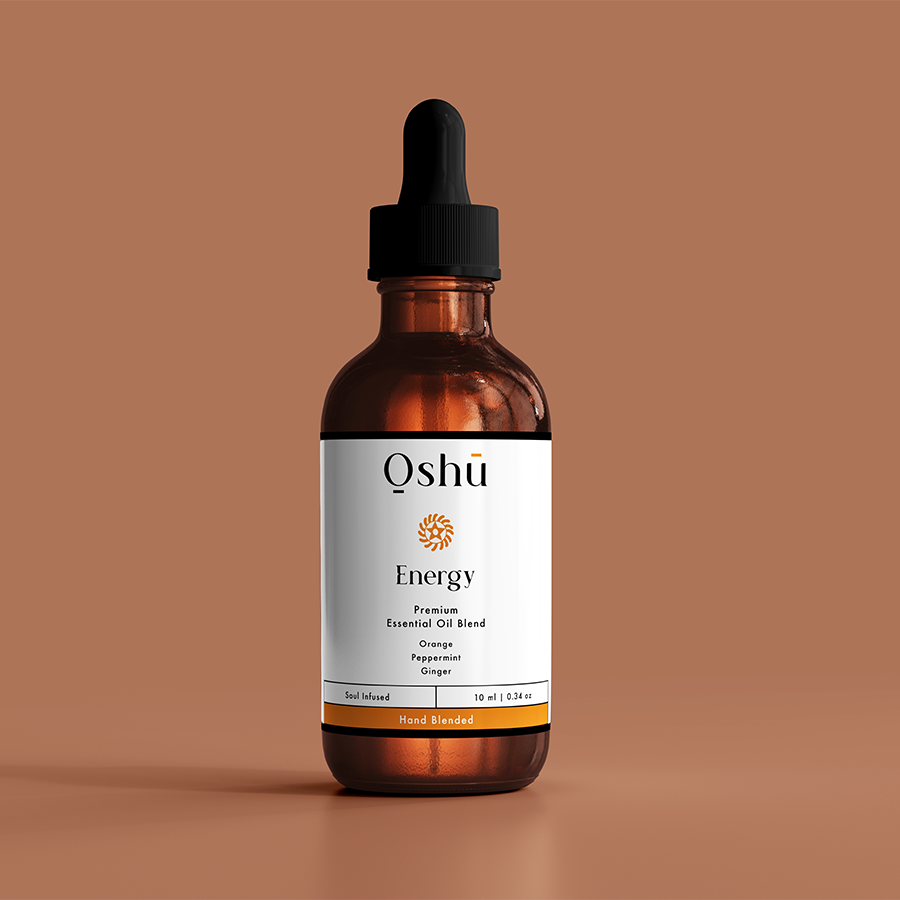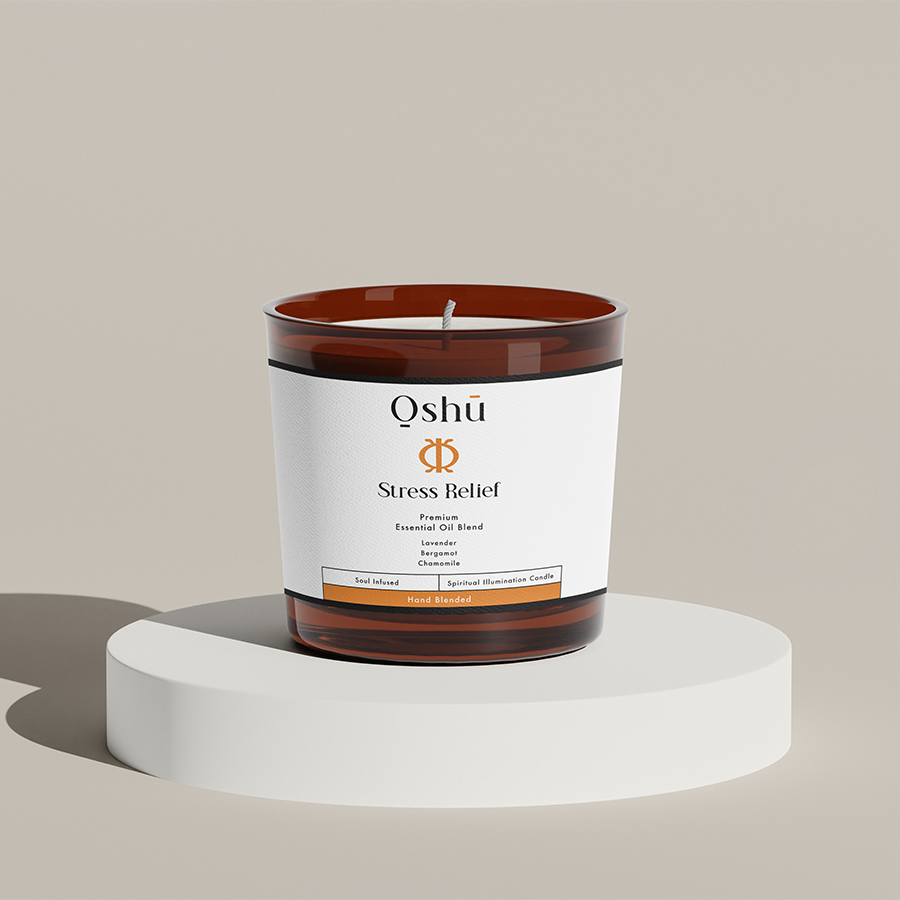Introduction to Essential Oil Blending
As a beginner in the world of essential oils, you may be wondering how to create unique and effective blends that cater to your specific needs. Essential oil blending is an art that requires some knowledge and practice, but with the right guidance, you can unlock the full potential of these natural wonders. In this article, we will take you on a journey to explore the world of essential oil blending, covering the basics, safety guidelines, and expert tips to get you started.
Table of Contents
Understanding Essential Oils
Before diving into blending, it’s essential to understand the characteristics of essential oils. Essential oils are highly concentrated plant extracts that contain the unique properties and benefits of the plant. They can be categorized into three main types: top notes, middle notes, and base notes. Top notes are light and refreshing, middle notes are rich and floral, and base notes are deep and grounding. Understanding these categories will help you create balanced and harmonious blends.
Safety Guidelines for Blending Essential Oils
When blending essential oils, safety should always be your top priority. Here are some guidelines to keep in mind:
- Always dilute essential oils in a carrier oil before applying to the skin.
- Perform a patch test before using a new blend.
- Start with small amounts and gradually increase as needed.
- Avoid blending essential oils with medications or health conditions without consulting a healthcare professional.
- Keep essential oils out of reach of children and pets.
Choosing the Right Carrier Oils
Carrier oils are an essential component of essential oil blending. They help dilute the essential oils, making them safe for skin application, and can also enhance the benefits of the blend. Some popular carrier oils include:
- Coconut oil: hydrating and nourishing.
- Jojoba oil: lightweight and easily absorbed.
- Sweet almond oil: rich in vitamins and antioxidants.
- Argan oil: moisturizing and regenerative.
Basic Blending Techniques
Now that you have a solid understanding of essential oils and carrier oils, it’s time to learn some basic blending techniques:
- Single-note blending: using a single essential oil with a carrier oil.
- Blend-by-ratio: combining essential oils in a specific ratio (e.g., 3:2:1).
- Blend-by-scent: combining essential oils based on their aroma and characteristics.
Creating Your First Blend
Let’s create a simple blend to get you started. For this example, we’ll create a relaxing blend using lavender, chamomile, and bergamot essential oils.
- Combine 10 drops of lavender essential oil, 10 drops of chamomile essential oil, and 5 drops of bergamot essential oil.
- Add 1 tablespoon of carrier oil (coconut or jojoba work well).
- Mix well and store in a dark glass bottle.
Advanced Blending Techniques
Once you’ve mastered the basics, you can experiment with advanced blending techniques:
- Layering: combining multiple blends to create a unique scent.
- Accord blending: combining essential oils to create a specific aroma (e.g., floral or spicy).
- Synergy blending: combining essential oils to enhance their individual benefits.
Tips and Tricks from the Experts
Here are some expert tips to take your blending skills to the next level:
- Experiment with different ratios and combinations to find your unique style.
- Keep a blending journal to track your creations and note their effects.
- Don’t be afraid to try new essential oils and carrier oils.
- Store your blends in a cool, dark place to preserve their potency.
Blending essential oils is a journey that requires patience, practice, and creativity. With the right knowledge and guidelines, you can unlock the full potential of these natural wonders and create unique blends that cater to your specific needs. Remember to always prioritize safety, experiment with different techniques, and trust your instincts. Happy blending!
Frequently Asked Questions
What is blending essential oils?
Blending essential oils is the process of combining two or more essential oils to create a unique blend that can be used for various purposes, such as aromatherapy, skincare, or natural remedies. By blending essential oils, you can create a customized blend that suits your specific needs and preferences.
Why blend essential oils?
Blending essential oils allows you to create a unique scent that is tailored to your personal preferences, mood, or specific health concerns. It also enables you to combine the benefits of different essential oils to create a more potent and effective blend.
What are the benefits of blending essential oils?
The benefits of blending essential oils include creating a unique scent, combining the benefits of different essential oils, and creating a more potent and effective blend. Blending essential oils can also help to reduce the cost of purchasing individual oils, and it allows you to create a customized blend that suits your specific needs and preferences.
What are the different methods of blending essential oils?
There are several methods of blending essential oils, including the ratio method, the intuitive method, and the scent family method. The ratio method involves blending essential oils in a specific ratio, such as 3:2:1, to create a balanced blend. The intuitive method involves blending essential oils based on your personal intuition and preferences. The scent family method involves blending essential oils from the same scent family, such as citrus or floral, to create a cohesive blend.
What are the different types of essential oil blends?
There are several types of essential oil blends, including synergistic blends, therapeutic blends, and aromatic blends. Synergistic blends combine essential oils that work together to create a more potent and effective blend. Therapeutic blends are designed to address specific health concerns, such as stress or anxiety. Aromatic blends are designed to create a pleasant scent and can be used for aromatherapy or perfumery.
How do I choose the right essential oils for blending?
When choosing essential oils for blending, consider the therapeutic benefits, scent, and characteristics of each oil. Choose oils that complement each other and suit your specific needs and preferences. You can also consider the top, middle, and base notes of each oil to create a balanced blend.
What is the top, middle, and base note of an essential oil?
The top note of an essential oil is the initial scent that you smell when you open the bottle. The middle note is the scent that emerges after the top note has faded, and the base note is the scent that lingers longest. Understanding the top, middle, and base notes of each oil can help you create a balanced and harmonious blend.
How do I blend essential oils for aromatherapy?
To blend essential oils for aromatherapy, choose oils that are known for their therapeutic benefits, such as lavender for relaxation or peppermint for invigoration. Consider the specific health concern or mood you want to address, and choose oils that complement each other. You can also add a carrier oil, such as jojoba or coconut oil, to dilute the essential oils and make them safe for skin use.
How do I blend essential oils for skincare?
To blend essential oils for skincare, choose oils that are known for their skin benefits, such as tea tree oil for acne or rose oil for anti-aging. Consider the specific skin concern you want to address, and choose oils that complement each other. You can also add a carrier oil, such as jojoba or coconut oil, to dilute the essential oils and make them safe for skin use.
How do I store my essential oil blends?
Essential oil blends should be stored in a cool, dark place, such as a cupboard or drawer. Avoid storing them in direct sunlight or near heat sources, as this can cause the oils to degrade. You can also store them in amber glass bottles with tight-fitting lids to protect them from light and air.
How long do essential oil blends last?
The shelf life of essential oil blends depends on several factors, including the quality of the oils, storage conditions, and usage. Generally, essential oil blends can last for several months to a year or more when stored properly. However, it’s best to use them within 6-12 months for optimal potency and effectiveness.
Can I blend essential oils with carrier oils?
Yes, you can blend essential oils with carrier oils to create a diluted blend that is safe for skin use. Carrier oils, such as jojoba or coconut oil, can help to dilute the essential oils and make them less potent. This is especially important for sensitive skin or when using essential oils on children or pets.
What is the recommended dilution ratio for essential oils?
The recommended dilution ratio for essential oils varies depending on the specific oil and intended use. Generally, a 2-3% dilution ratio is recommended for most essential oils, which means adding 2-3 drops of essential oil to 1 teaspoon of carrier oil. However, some oils may require a higher or lower dilution ratio, so it’s best to consult with a qualified aromatherapist or healthcare professional.
Can I ingest essential oil blends?
No, it’s not recommended to ingest essential oil blends unless you’re working with a qualified healthcare professional or aromatherapist. Essential oils can be toxic if ingested in large quantities, and they can interact with medications or cause allergic reactions. Instead, use essential oil blends topically or through aromatherapy.
Are essential oil blends safe for children and pets?
Essential oil blends can be safe for children and pets when used properly and in moderation. However, it’s best to consult with a qualified aromatherapist or healthcare professional before using essential oil blends on children or pets, as they may require special precautions and dilution ratios.
Can I use essential oil blends during pregnancy?
Some essential oil blends can be safe during pregnancy, but it’s best to consult with a qualified aromatherapist or healthcare professional before using them. Certain essential oils, such as clary sage and peppermint, can stimulate the uterus and cause contractions, so they should be avoided during pregnancy.
How do I create a custom essential oil blend?
To create a custom essential oil blend, start by identifying your specific needs and preferences. Choose essential oils that complement each other and suit your needs, and consider the top, middle, and base notes of each oil. You can also experiment with different ratios and blends to create a unique scent that suits your taste.
Can I blend essential oils with other natural ingredients?
Yes, you can blend essential oils with other natural ingredients, such as herbs, spices, and botanicals, to create a unique blend. This can help to enhance the therapeutic benefits and aroma of the blend. However, be sure to choose ingredients that complement each other and suit your specific needs and preferences.
How do I know if an essential oil blend is high-quality?
To ensure that an essential oil blend is high-quality, look for products that are made with pure, organic essential oils and do not contain additives or fillers. Check the label for the Latin name of the plant, the country of origin, and the method of extraction. You can also research the company and read reviews from other customers to ensure that the product is reputable and effective.
Can I make my own essential oil blends at home?
Yes, you can make your own essential oil blends at home using pure, high-quality essential oils and a carrier oil. Start by choosing essential oils that complement each other and suit your specific needs and preferences. Then, blend the oils in a small bowl or measuring cup, and store them in an amber glass bottle with a tight-fitting lid.
What are some popular essential oil blends?
Some popular essential oil blends include relaxation blends, such as lavender and chamomile, and invigorating blends, such as peppermint and eucalyptus. There are also blends for specific health concerns, such as stress, anxiety, and insomnia. You can also create your own custom blends using your favorite essential oils.
Can I use essential oil blends in my diffuser?
Yes, you can use essential oil blends in your diffuser to create a pleasant and therapeutic aroma. Simply add a few drops of the blend to the diffuser, and adjust the settings according to your preferences. This is a great way to enjoy the benefits of essential oils without applying them topically.
How do I clean and maintain my essential oil bottles?
To clean and maintain your essential oil bottles, wash them with soap and warm water, and dry them thoroughly. You can also use a soft cloth and a gentle cleaning solution to remove any residue or labels. Store your essential oil bottles in a cool, dark place to protect them from light and heat.




